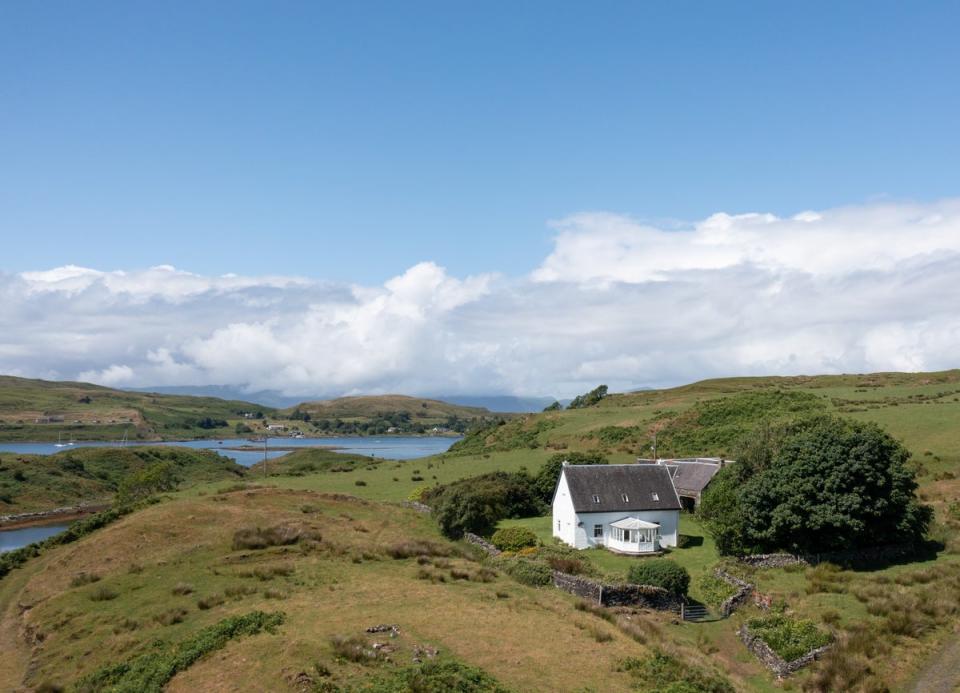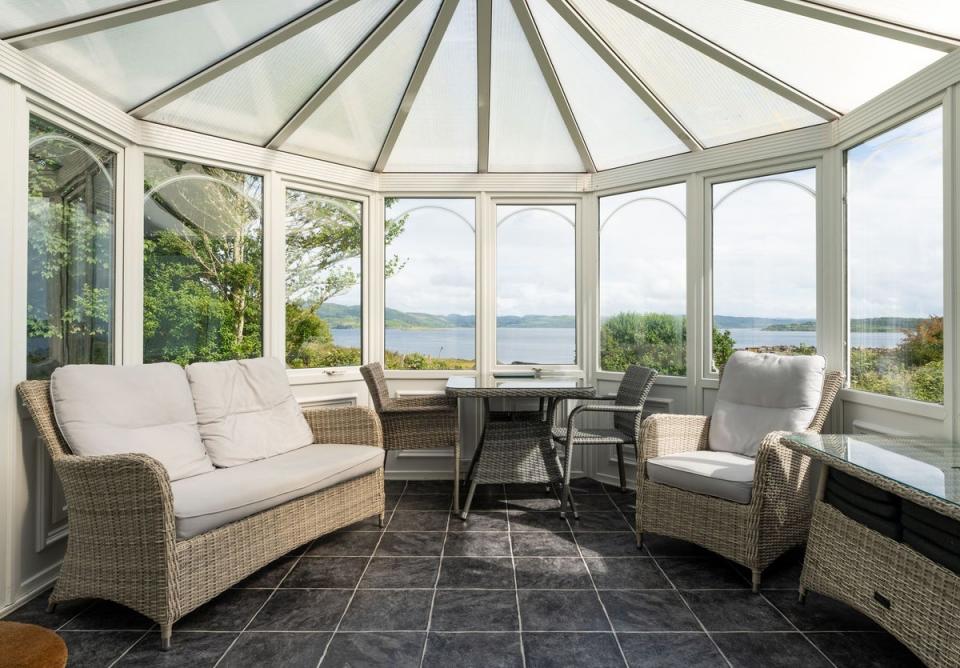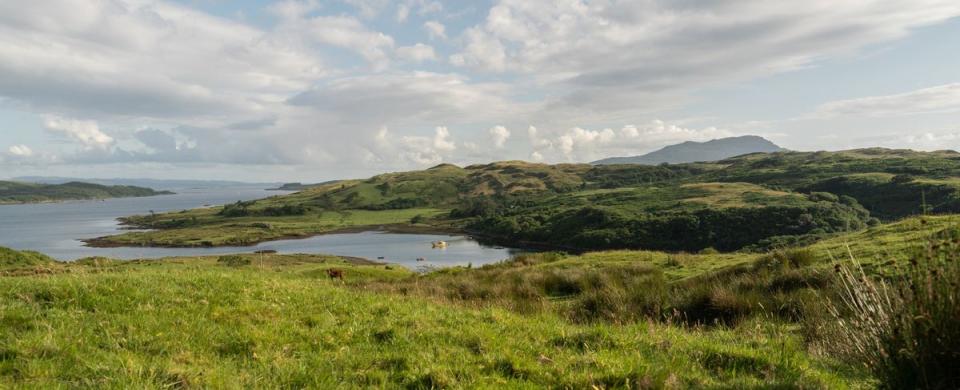Private islands may seem like the preserve of A-listers (think Branson’s Necker Island, George and Amal Clooney’s Thames island, or Beyoncé’s tropical paradise in the Florida Keys). But you could also be the owner of a private island – and for much less.
Torsa, a rugged grassy island in the Inner Hebrides, is on the market for the first time in 85 years. It is listed with Savills for £1.5 million.
Located off the west coast of Scotland, Torsa Island — meaning “Thor’s Island” — is 1.2 miles long and half a mile wide, 270 acres in length. The population, apart from you, of course, is zero.
Set in deep blue waters, Torsa has more than 2.5 miles of private coastline and rises to 62 meters in the middle, with panoramic views across the Inner Hebrides and out to the mountains and lakes of Argyll.
“What really sets Torsa apart is its location, amongst all the other islands and that stunning part of the west coast of Scotland,” says Luke French, the property’s agent. “The surrounding islands, sea lochs and down to the Straits of Jura are spectacular.”


On the south side of the tiny island, there is a sheltered anchorage for yachts and motor boats. To the southeast, there’s a cluster of rundown stone farm buildings that have potential for restoration, French says.
The main building on the island, Torsa Farmhouse, is a whitewashed stone building adjacent to the farm buildings. The first floor, which is arranged over two storeys, has a kitchen diner, sitting room and conservatory, which overlooks the mouth of Loch Melfort. Upstairs, there are three bedrooms and a family bathroom.
The property is currently used as a holiday let and second home by the island’s owners, and has, according to Savills, been “regularly modernized and improved over the years”.
But now, settled in southern England with a young family, the owners “don’t get up there nearly as much as they’d like,” French says, and have opted to put Torsa up for sale. “I think they recognize that someone else could get more out of the island than they do.”


As well as the possibility of continuing the holiday letting business, potential buyers could build on the island, subject to planning permission. “I think someone with the right vision could do something very exciting with the existing farmhouse and the outbuilding. There is a good footprint of buildings,” says French. “I think that’s one of the big draws to buying this island: what can you create there in terms of a house?”
Currently, much of the land on Torsa is grazed by sheep, pigs and cattle under an arrangement with farmers from the nearby island of Luing. This is also a source of income and helps to preserve Torsa’s flora and fauna. According to France, both the farmers and the current owners want the arrangement to continue.
As well as the livestock, Torsa has plenty of other wildlife to keep a merchant company – even if there are no neighbours. There are hares, deer and foxes on the ground; otters, seals, dolphins and porpoises in the sea; and seabirds, buzzards and eagles in the skies.


Torsa has access to a private boat. The Scottish mainland is a short drive – about 10 minutes – and the nearest post office, shops, restaurants and pubs are on the nearby islands of Luing and Seil. The nearest town, 18 miles away, is Oban.
Scotland has 790 offshore islands—craggy, windswept rocks and fertile green outcrops—that come on the market from time to time. Pladda, off the Arran coast, was listed for £350,000 in 2022, while the island of Dana, part of the wider 3,380-acre Tayvallich estate, was advertised for £10.465 million. The Shetland island of Vaila, which also included a 17th-century mansion, was listed for £1.75 million the same year.
“Finding an island on the market is a very rare thing – we only see one island in the Scottish Heathrow hit the market every few years,” says Francach. “They always tried hard. This great thing is owning your own island, and everything that comes with it.”
So far, French says he has had interest from a “huge range” of buyers, including artists, businessmen and sailing enthusiasts. “The west coast of Scotland is famous for its light and has always been a favorite with artists. [There are also] international businessmen who spend their time sailing up and down the west coast Scotland and they always loved the idea of owning something. If you’re into sailing, it’s a once-in-a-lifetime opportunity to own your own island and have direct access to the water.”
“What they all want is privacy and solitude—an escape from the hectic lives we all face,” says French. “It doesn’t matter who they are or where they come from, that’s something they generally share: valuing that peace you get from owning your own island.”